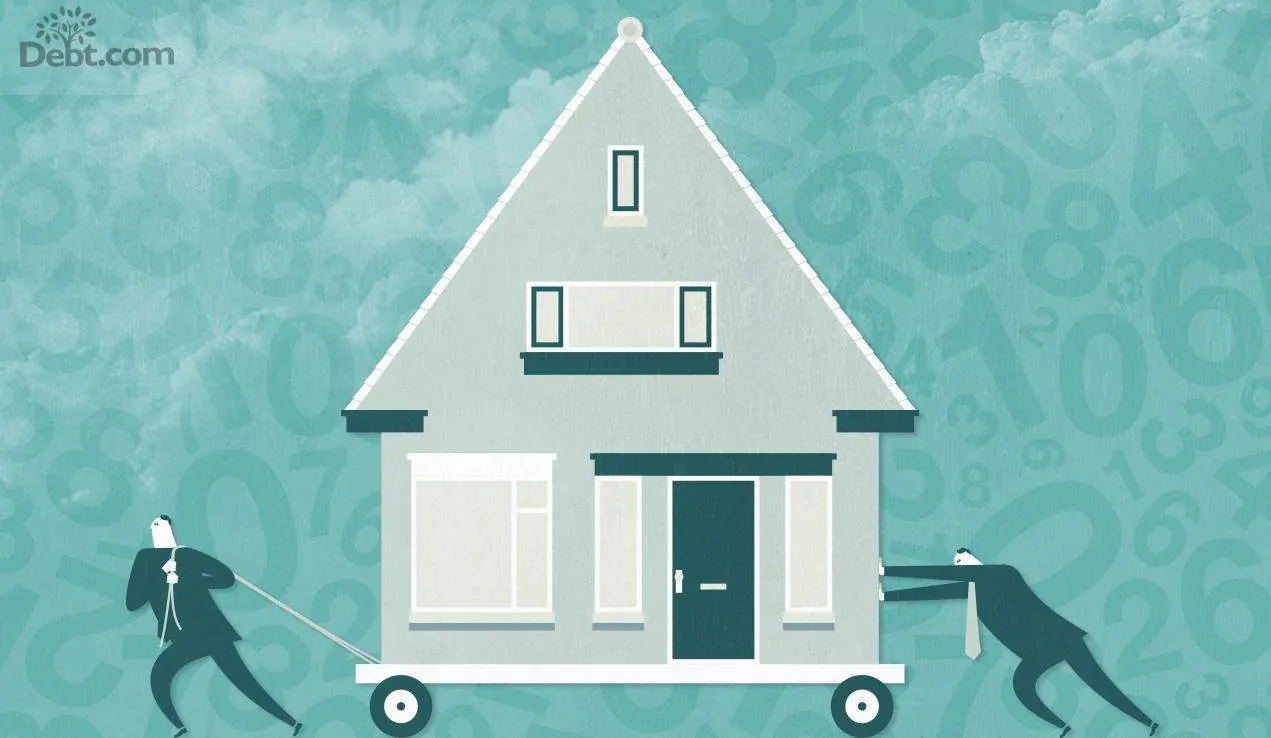Life has a way of throwing financial curveballs. Whether it’s unexpected medical bills, job loss, or other unforeseen expenses, these challenges can sometimes put our homes at risk. It’s in these moments that we look for lifelines, and bankruptcy can be one of them. While the word “bankruptcy” might initially conjure up feelings of defeat or failure, it’s essential to see it for what it truly is: a tool. A tool designed to help individuals regain their financial footing. With the right guidance and understanding, using bankruptcy as a strategy can not only prevent foreclosure but also pave the way for a more stable financial future. It’s about taking control, making informed decisions, and turning the page to a new chapter where your home remains safe and sound.
Understanding the Lifeline: Automatic Stay
Imagine pressing a pause button on all those overwhelming debt notifications. That’s precisely the magic of an automatic stay. When you file for bankruptcy, this stay immediately halts all debt activities. So, whether it’s a lender knocking on your door or an HOA initiating foreclosure proceedings, everything comes to a standstill.
But what’s the real benefit here? Beyond the immediate relief, the automatic stay provides a crucial window of opportunity. It’s a chance to regroup, reassess, and plan your next steps without the constant pressure of impending actions. Think of it as a protective shield, not just against current threats but also as a buffer to give you the time and space to strategize. And while this stay is in effect, it can also mean more funds in your pocket, as you won’t be juggling payments on all your debts. It’s a breather, a moment to catch your bearings and decide on the best path forward.
Choosing Your Path: Chapter 7 or Chapter 13
Bankruptcy isn’t a one-size-fits-all solution. Depending on your unique situation, you might find one type of filing more beneficial than the other.
Chapter 13: The Reorganization Route
Often referred to as the “wage earner’s plan”, Chapter 13 allows individuals with a regular income to develop a plan to repay all or part of their debts. Here’s what you need to know:
- Duration: This plan typically spans 3-5 years, giving you ample time to restructure and settle your debts.
- Home Safety: One of the standout features of Chapter 13 is its ability to protect your home from foreclosure. By sticking to the repayment plan, you can halt foreclosure proceedings and even cure delinquent mortgage payments over time.
- Flexibility: Life is unpredictable. If circumstances change, we can potentially modify the plan or even seek an early discharge.
Chapter 7: The Liquidation Path
Chapter 7 is about wiping the slate clean. It involves the liquidation of non-exempt assets to pay off debts. Here’s the lowdown:
- Speed: Chapter 7 is relatively quick, often wrapping up in a few months.
- Exemptions: While the word “liquidation” might sound scary, many of your assets might be exempt, meaning they’re protected from sale. This includes potentially your home, but specific conditions apply.
- Fresh Start: Once the process is complete, most of your unsecured debts are discharged, giving you that much-needed fresh start.
In both cases, the goal is clear: to provide you with the tools and structure you need to regain financial stability. And while the journey might differ, the destination—a brighter financial future—is the same.
A Helping Hand Along the Way
We’re all about empowerment, but let’s be real: the world of bankruptcy can be a labyrinth. From understanding the nuances between different chapters to ensuring all paperwork is spot on, it’s easy to feel lost. That’s where a legal expert comes into play. Think of them as your financial GPS, guiding you through the twists and turns, ensuring you don’t miss a beat. With their expertise, not only can you avoid common pitfalls, but you can also leverage opportunities you might not have known existed. So, while you bring the determination, they bring the know-how, making for a powerful team. Together, navigating the bankruptcy maze becomes less about stress and more about strategy.
Remember, every financial challenge presents an opportunity to learn, grow, and come out stronger. It’s all about perspective. While the word “bankruptcy” might initially sound intimidating, it can be a powerful tool in your financial toolkit. Think of it as a reset button, allowing you to clear the slate and build a solid foundation for your financial future. It’s not just about navigating the present challenges but setting yourself up for long-term success. And the best part? You’re not alone in this journey. We’re here, every step of the way, offering guidance, support, and cheering you on as you take control and chart a path towards a brighter financial horizon.






